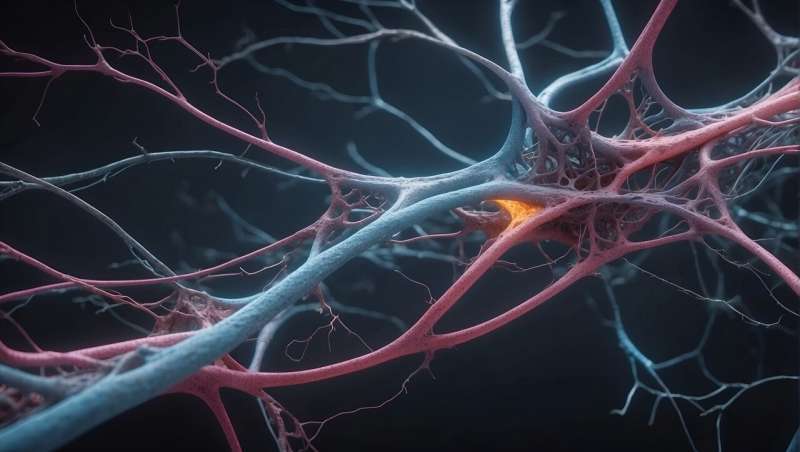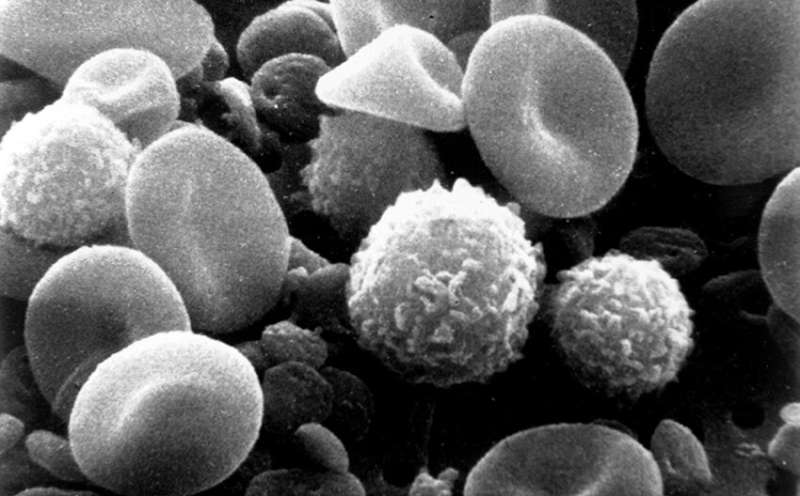Breakthrough in Neuroscience: Identifying Brain Cells that Power Intelligent Behavior

For many years, neuroscientists have created mathematical models to understand how brain activity influences behavior in predictable situations, such as during game play. These models accurately describe the functioning of brain cells and have contributed to advances in artificial intelligence, enabling machines to perform tasks like Atari gaming or mastering the game of Go at superhuman levels.
However, these frameworks often fall short of explaining the full scope of human and animal behavior, particularly our impressive capacity to adapt, infer, and generalize information. A recent study published in Nature has shed light on how specific brain cells in mice facilitate this complex form of intelligence.
Humans and animals excel at manipulating new challenges, often generalizing from previous knowledge to solve novel problems. This ability allows us to cook new recipes, navigate unfamiliar environments, and even envision future scenarios. The concept of "cognitive maps," introduced by psychologist Edward Tolman in the mid-20th century, explains this adaptability. Cognitive maps are internal mental representations of the world that help us predict and organize our experiences.
Research since the 1970s has uncovered specialized neurons in the hippocampus and entorhinal cortex—areas crucial for memory and navigation—that create explicit maps of our surroundings. Place cells activate at specific locations, while grid cells form a spatial framework that encodes distances and spatial relationships. These neural systems enable animals and humans to understand their positions within physical space.
Recent investigations have expanded this understanding to other cognitive functions such as inference, imagination, social understanding, and problem-solving. Interestingly, the same brain areas involved in spatial navigation also support these diverse processes.
To explore how the brain generalizes knowledge beyond spatial contexts, researchers trained mice to perform tasks involving sequences of actions with a repeating structure. The mice navigated through four points, receiving water rewards, and could infer the next steps in the sequence even when placed in unfamiliar scenarios. Neural recordings revealed specific cortical cells that tracked the mouse’s progress toward goals, regardless of exact location. Some monitored intermediary steps (subgoals), while others tracked overall goal achievement, forming a flexible system that represents behavior in an abstract 'behavioral space.'
This brain system quickly adapts when task conditions change, highlighting its role in flexible sequence prediction beyond rote memorization. This mechanism supports our ability to generalize rules and strategies across different situations—an essential component of human intelligence.
The study concludes that goal-progress cells serve as internal frameworks, organizing relationships between actions, outcomes, and events. While demonstrated in mice, it’s likely that similar neural networks exist in humans, underpinning our capacity for complex, adaptive behavior. By understanding how these cellular networks operate, scientists are building bridges between biological intelligence, artificial models, and even our everyday problem-solving and decision-making.
For additional details, see the original research in Nature. Source: https://medicalxpress.com/news/2025-05-specific-brain-cells-enable-intelligent.html
Stay Updated with Mia's Feed
Get the latest health & wellness insights delivered straight to your inbox.
Related Articles
Assessing Hormone Therapy's Effects on Transgender Women's Athletic Performance
Explore recent research on how gender-affirming hormone therapy influences the athletic performance of transgender women, shedding light on physiological changes and performance outcomes in sports.
New Insights into Glioblastoma Cell Dynamics Reveal Recurrence Mechanisms and Treatment Targets
Innovative research uncovers new glioblastoma cell states and ecosystem patterns, providing insights into tumor recurrence and potential therapeutic targets.
Neurosteroids Show Promise as Innovative Treatment for Resistant Depression
Neurosteroids are emerging as promising multi-target treatments for resistant depression, offering new hope for patients unresponsive to traditional antidepressants. Recent research highlights their role in enhancing neuroplasticity and normalizing neural pathways.



